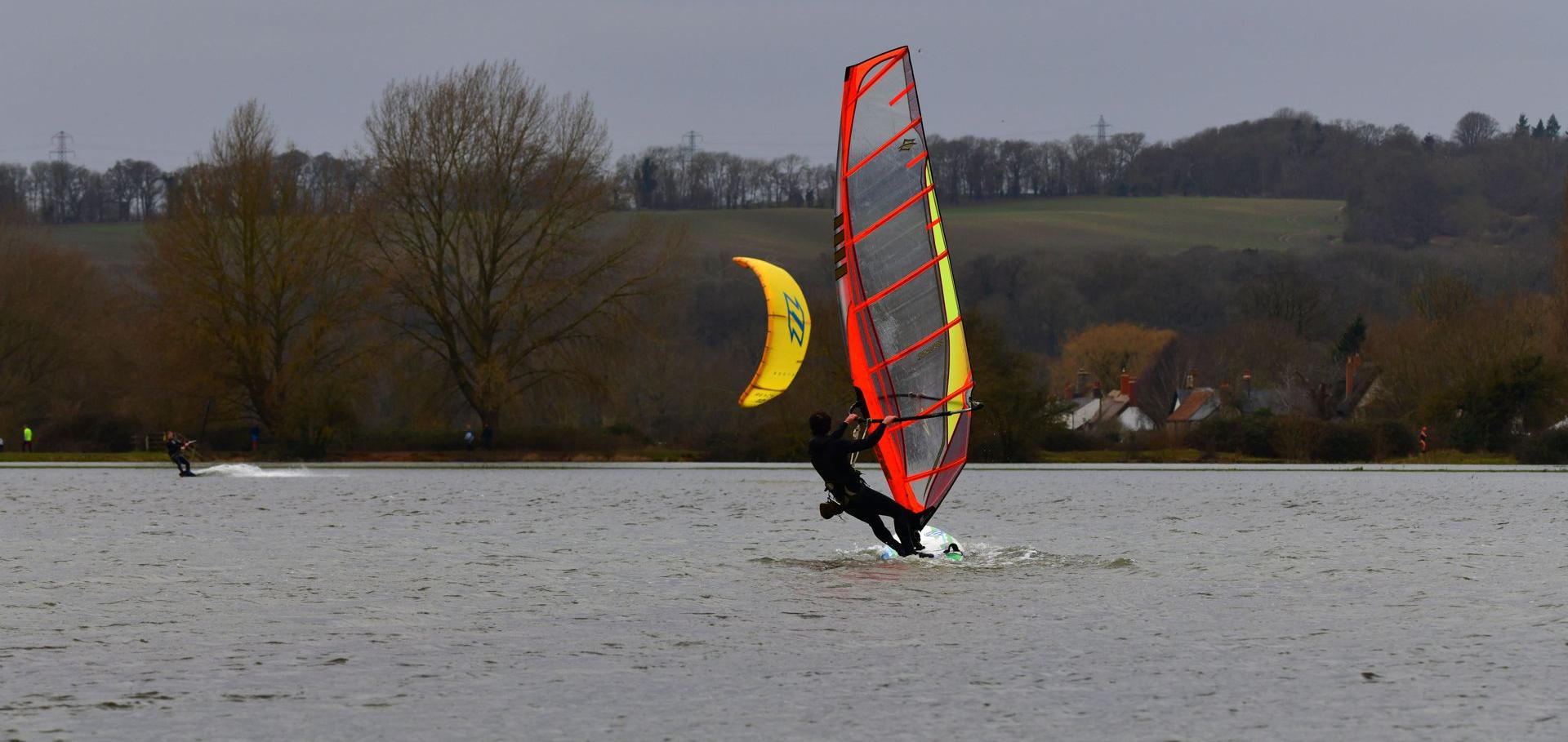Structure and mechanism of Zorya anti-phage defense system
Authors:
Haidai Hu, Thomas CD Hughes, Philipp F Popp, Aritz Roa-Eguiara, Freddie JO Martin, Nicole R Rutbeek, Ivo Alexander Hendriks, Leighton J Payne, Yumeng Yan, Victor Klein de Sousa, Yong Wang, Michael Lund Nielsen, Richard M Berry, Marc Erhardt, Simon A Jackson, Nicholas MI Taylor

